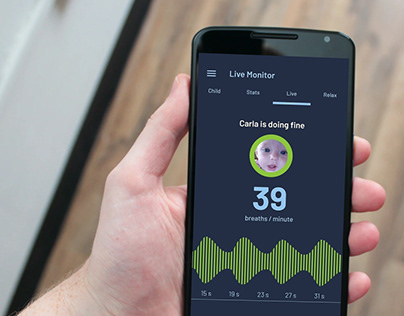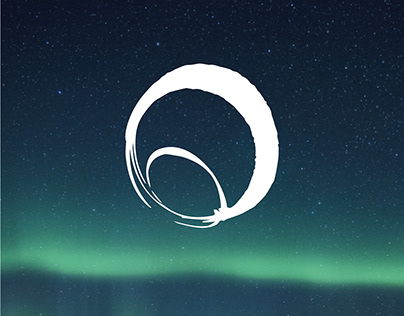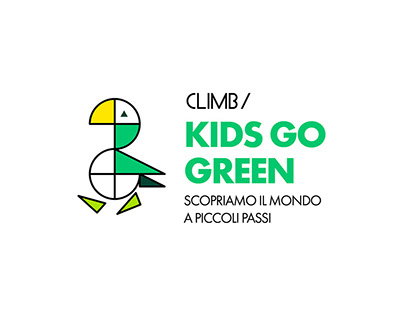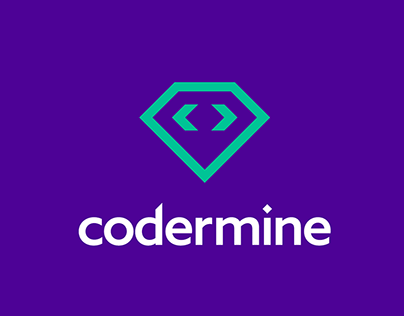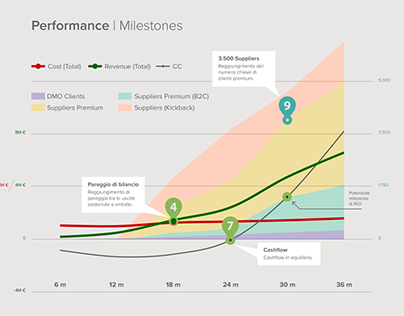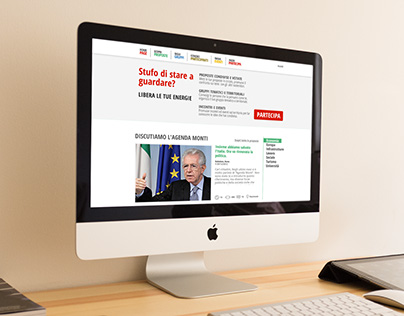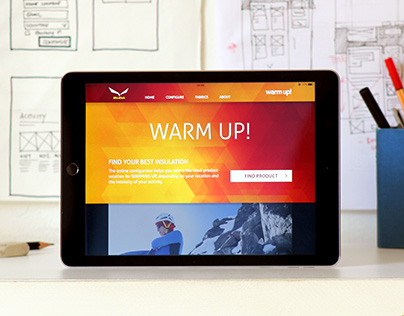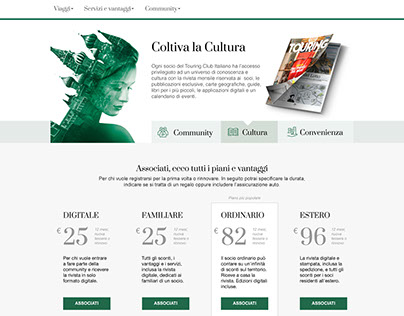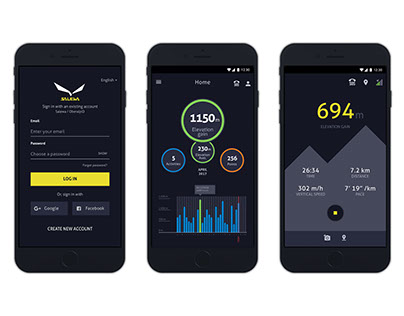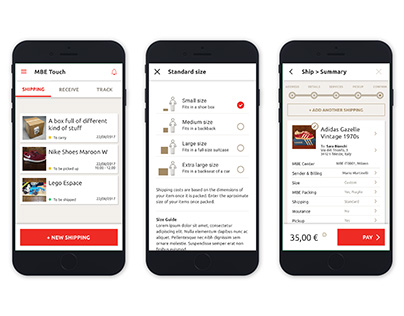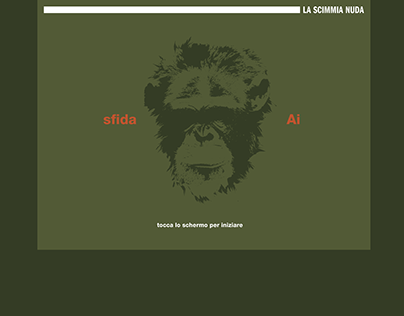Optimal dimensions 3200 x 410px
Harun Alikadic
Interaction, graphics and digital product designer. Love to create simple user interfaces that are easy and pleasurable to use. From time to time I like to work on branding, print or illustration projects.
Awards, Exhibitions and Media
Harun's research projects were awarded by Italian government with "Innovation in Services Award", exhibited in Centre Georges Pompidou in Paris, covered by Wallpaper Magazine and by Italian and Bosnian national Press and TV.
His work was exhibited in Italy, Croatia, Slovenia, France, Bosnia-Herzegov…
Read MoreMember Since: November 2, 2011
